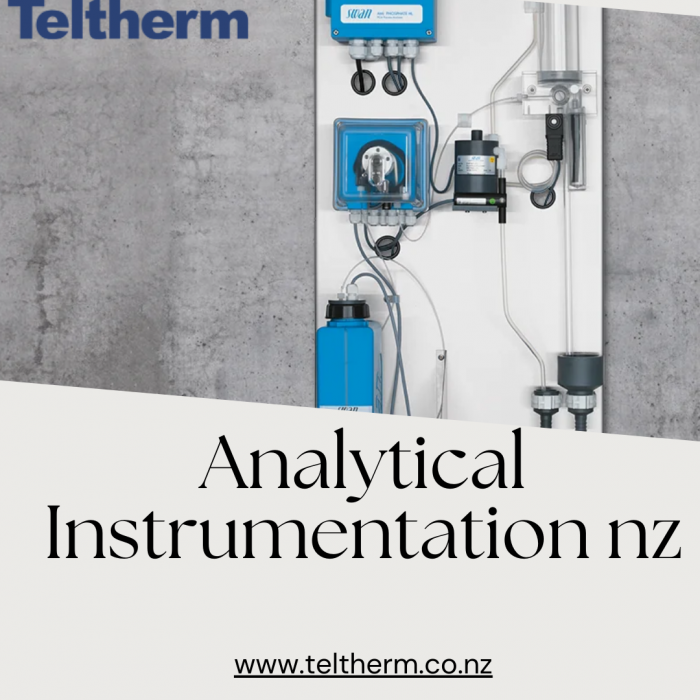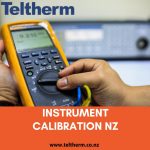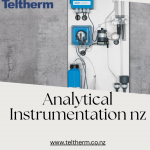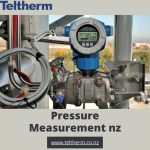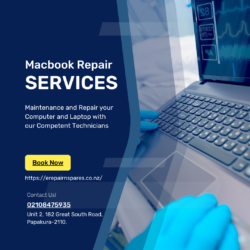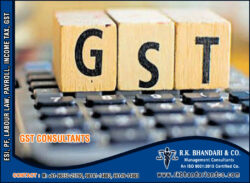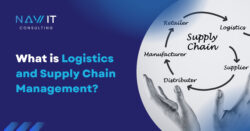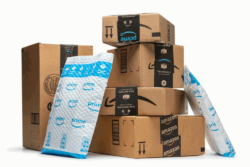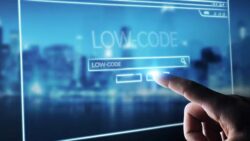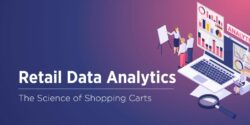The Need for Instrument Calibration in Order to Take Accurate Measurements
Are you sick of using measurements that are off in your calculations and experiments? Do you ever have doubts about the dependability of your analytical equipment in New Zealand? If so, then the solution to these annoying problems lies in instrument calibration. Today’s blog post will discuss the value of instrument calibration, who should be in charge of doing it, and how to calibrate a device correctly. So grab a coffee, and prepare to explore the world of precise measures!
Why is accurate instrument calibration crucial?
The basis of any industrial or scientific operation is accurate measurement. The dependability of your analytical apparatus is essential, whether you’re running studies in a lab or guaranteeing quality control on a factory floor. But how can you be certain that the readings your instruments are producing are accurate? Instrument calibration becomes important in this situation.
Calibration of an instrument entails comparing the measurement results from an instrument to a recognized standard. It aids with locating and fixing any flaws or variations in the way the instrument performs. You can make sure your instruments are working within acceptable limits and producing accurate data by calibrating them on a regular basis.
The maintenance of measurement precision and consistency over time is one of the key benefits of instrument calibration. Through use, environmental changes, operator mistake, and other variables, instruments have a tendency to drift with time. By doing a routine calibration on your instruments, you can identify and address any potential problems before they have an impact on your results.
Who should perform instrument calibration?
In New Zealand, instrument calibration and pressure measurement are essential steps in ensuring the precision and dependability of data. But who exactly should be in charge of performing instrument calibrations? Depending on the kind of instrument and how it will be used, the answer could change.
For their own instruments, manufacturers or suppliers frequently offer calibration services. They have in-depth understanding of their products and are able to make the necessary alterations to fulfill industry requirements, which might be advantageous. Additionally, several businesses have laws that call for recognized laboratories to do external calibration.
In other circumstances, nevertheless, internal calibration teams or outside service providers are preferred. The advantage of having direct control over the calibration process and the ability to customize it to meet particular demands is provided by in-house teams. On the other hand, outsourcing to specialized service providers can help you save time and money while still ensuring that all applicable standards are being followed.
Methods for calibrating a device
In many different sectors, accurate and dependable measurements are ensured by the calibration of the device. You may have faith in the data your instruments offer by calibrating them, which is necessary for making informed decisions and upholding quality standards.
These steps should be followed to calibrate an instrument:
1. Get ready: Amass all essential equipment, such as calibration tools or reference standards that are particular to your device. Verify that the reference standard is stable at room temperature and that the equipment being calibrated is as well.
2. Clean: Make sure the instrument is completely free of debris and residues that could impair its performance. This step is essential since impurities can skew results.
3. Modify Zero Point: Set the instrument’s zero point so that it will read correctly in the absence of an input signal. This calibration checks to see if the device interprets a “zero” reading appropriately.
4. Check Accuracy: Use known input values to check accuracy over your instrument’s various measurement ranges. To identify any inconsistencies, compare these readings to the set reference values.
For More Info:-https://www.teltherm.co.nz/product-category/analytics/
